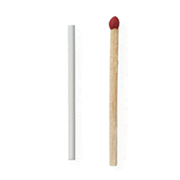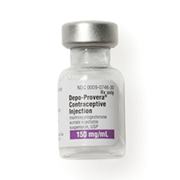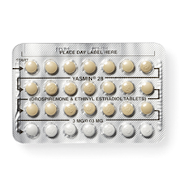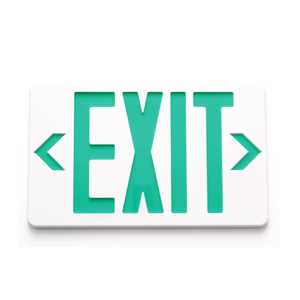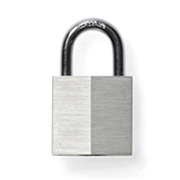Your birth control options for right after having a baby
Crib? Check. Birth classes? Check. Postpartum birth control plan? Make sure that’s on your checklist too.

Getting ready for a new baby can be exciting, but also an overwhelming experience, too. You’re figuring out prenatal care, setting up space for your baby, preparing for labor, and more. Not to mention the real work that starts when you get your newborn home!
Another important thing to figure out is your birth control after giving birth. Many people are able to get pregnant again soon after delivery, so thinking about your birth control before you take your newborn home could save you some worry if having another baby right away isn’t in your plans. Fortunately, there are a number of birth control methods that you can start using right after giving birth and are safe to use while breastfeeding.
Speaking of breastfeeding… Did you know it can be a form of birth control?
Breast milk is an excellent source of nutrients for your baby and it also helps strengthen your baby’s immune system. Bonus: full (un-supplemented) breastfeeding can work as a non-hormonal birth control method—though you need to know the specifics for it to work well to prevent pregnancy.
If you’re not planning to breastfeed or if you’re breastfeeding inconsistently, you can start ovulating (releasing eggs) again within a few weeks after giving birth, so having an alternate birth control plan ready might be something to think about.
Here are some birth control options you can use while breastfeeding—and some of them you can start before you even leave the hospital!
The IUD
Both copper (non-hormonal) and hormonal IUDs are convenient, safe, and effective—and both kinds of IUD can be placed immediately after delivery. When an IUD is placed immediately after delivery, the risk of the IUD coming out on its own may be slightly higher than if you wait several weeks, but the convenience of not having to schedule a time to go back to your health care provider may be worth it.
The implant
It is easy and safe to get the birth control implant immediately after delivery. If you stay in the hospital for a few days, the implant can be inserted any time prior to leaving the hospital.
Note: Based on the availability of trained providers and the details of your insurance coverage, sometimes you may not be able to get long-acting methods like the IUD and implant immediately after delivery. If that’s the case for you, consider using another method temporarily if you’re having sex and make an appointment with a trained provider if you decide an IUD or implant is right for you after delivery.
The shot
In many hospitals, you have the option of getting the shot prior to going home, so it can be a simple choice for temporary or longer-term postpartum birth control. Since the birth control shot lasts for 12 weeks, you can get it at the time of discharge and then switch to a different method at a follow-up visit. It’s safe to get the implant or IUD inserted while the hormones from the shot are still in your body.
The progestin-only pill (a.k.a. POP or mini-pill)
POPs work for new parents and don’t affect your milk supply if you’re breastfeeding. For some people it may be harder to remember to take the pills at the same time especially when you’re busy with a new baby, so you may want to set a reminder on your phone.
Not right now (a.k.a. abstinence)
For many people, they’re just not ready to have sex for a while after having a baby. And not having sex, is 100% effective! You can start this method immediately after leaving the hospital and use it until you feel the time is right to get frisky again.
Withdrawal (a.k.a. pulling out)
There’s a lot of misinformation about this method, but the truth is, it can actually work pretty well if used correctly and consistently. And if pulling out doesn’t go quite as planned, it’s safe for new and breastfeeding parents to use emergency contraception.
Sterilization
If you’re sure you’re done having kids, surgical sterilization, sometimes called a tubal ligation, can be performed immediately after delivery and is a very effective method of birth control. Sterilization procedures are usually performed at the time of cesarean birth or within the first two days of vaginal delivery. In addition, remember that sterilization for people with a penis (vasectomy) is an equally effective option for your partner!
What about barrier methods?
It is safe to use condoms during the postpartum period—both external and internal (though not at the same time). If a condom breaks or slips, emergency contraception can be used safely during this period.
It is better to avoid the diaphragm and the cervical cap for at least six weeks after delivery since the normal changes of pregnancy may mean these devices don’t fit as well.
No matter which method you choose, you have options. The important thing is finding the birth control method that fits seamlessly into your new life with your little one.
How do you feel about this article?

Heat up your weekends with our best sex tips and so much more.

